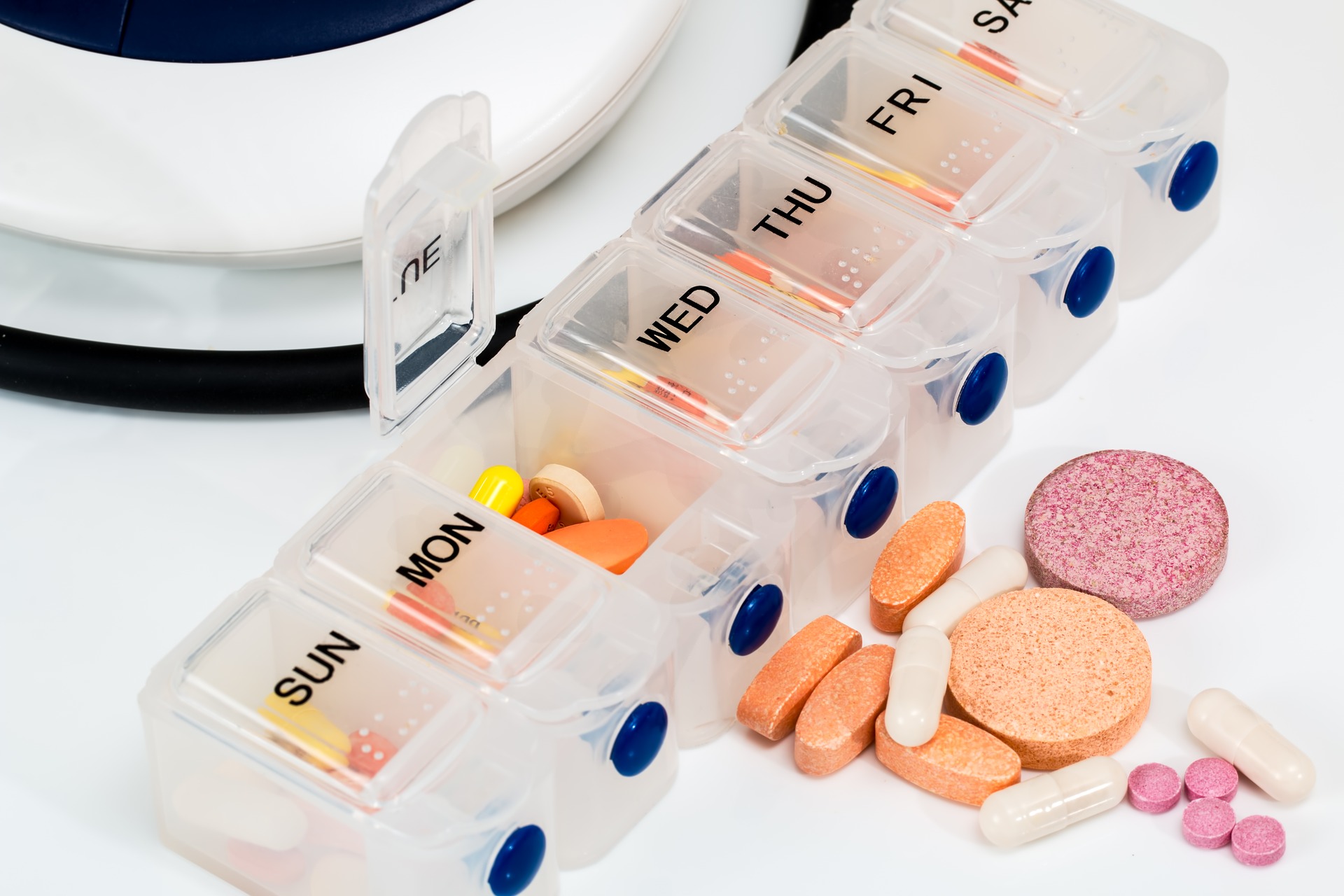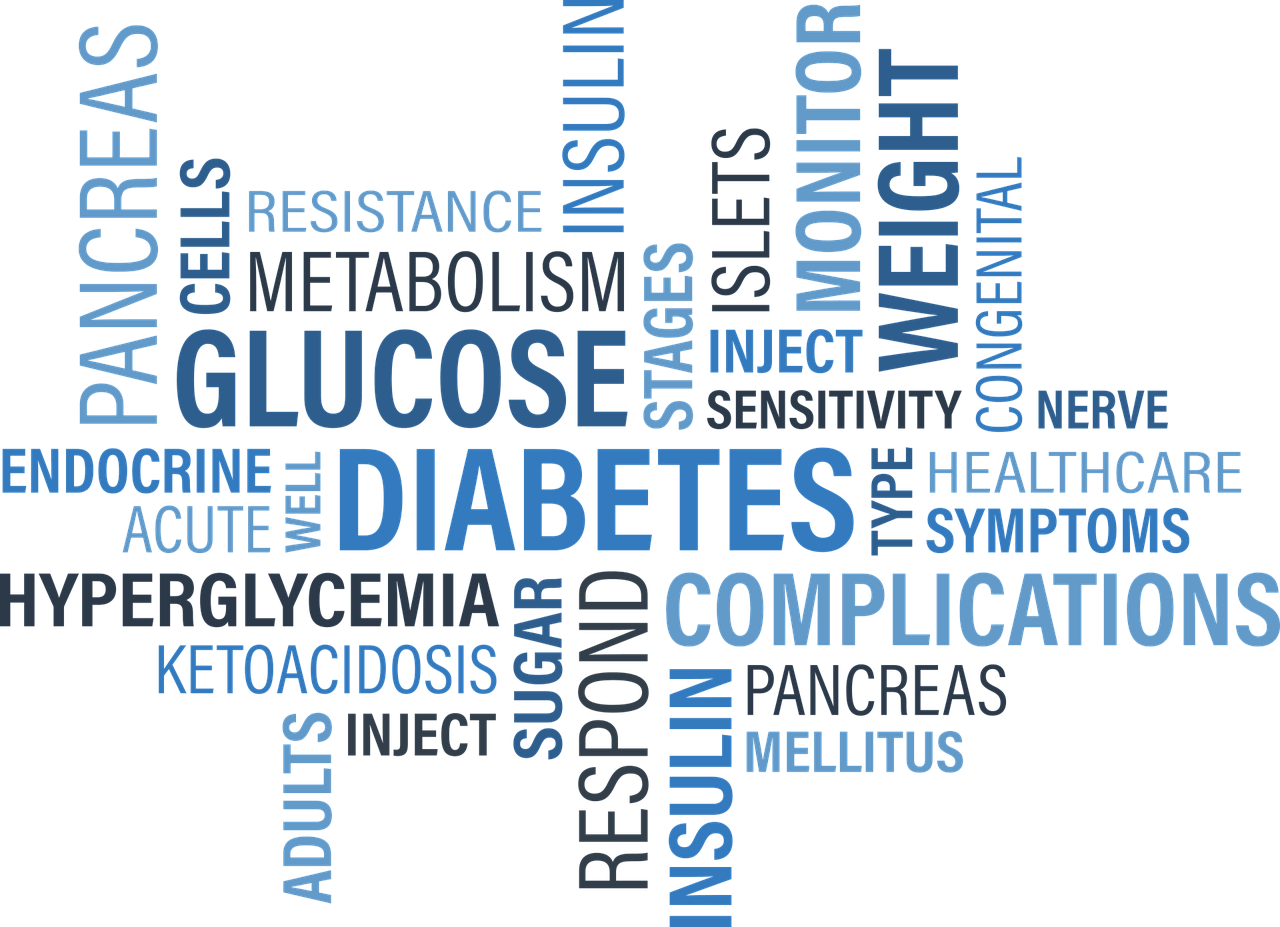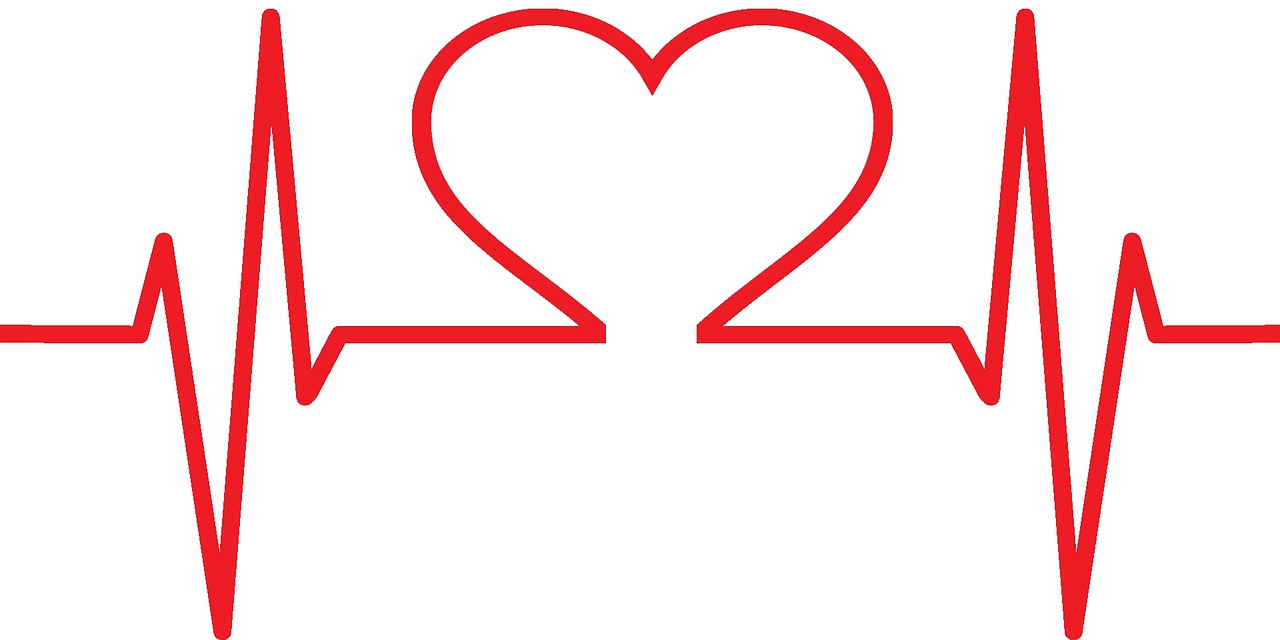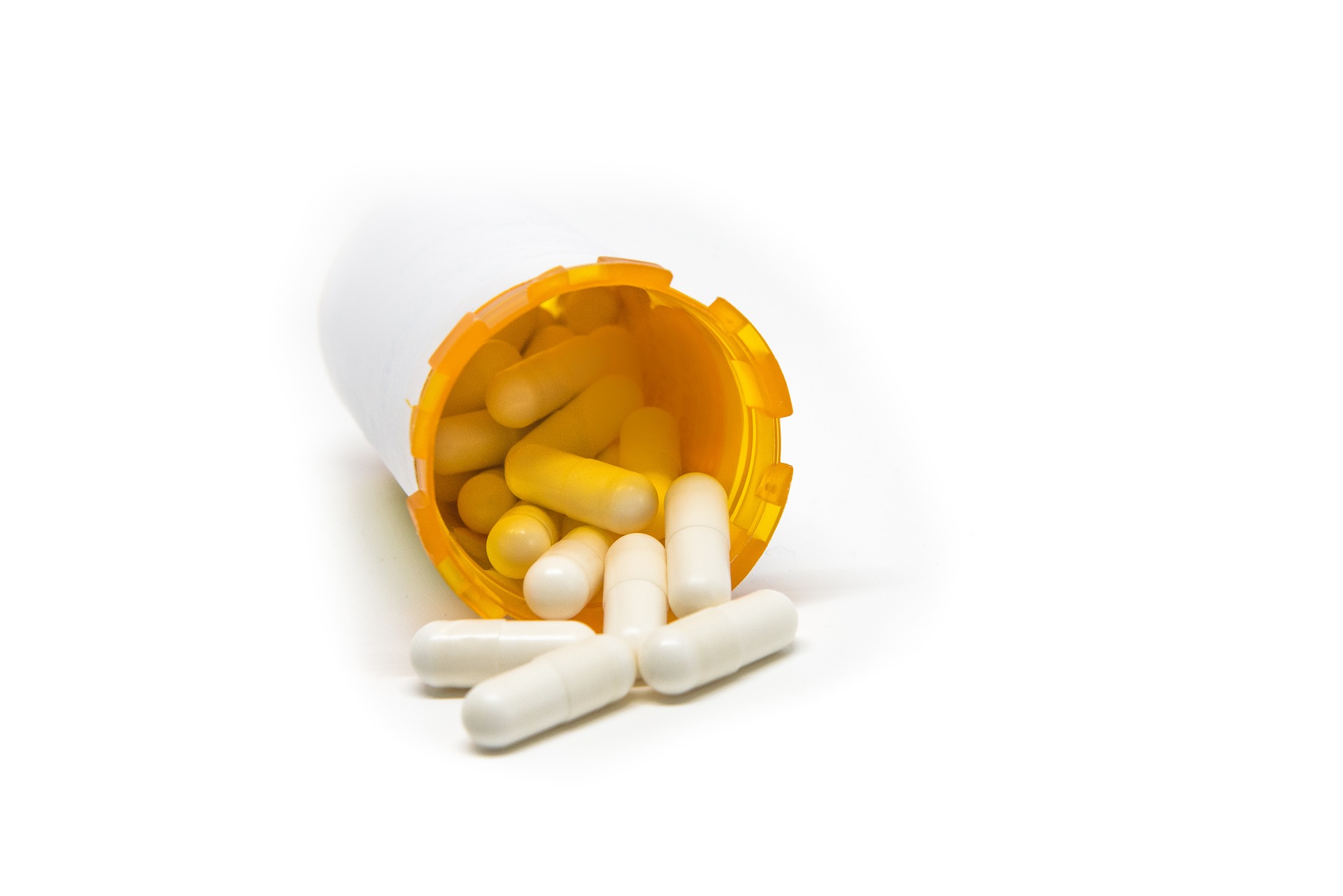
More than 50 percent of the time, medication is not taken as prescribed. While misunderstanding, forgetfulness or even unpleasant side effects can be to blame, taking medicines as prescribed is crucial to controlling chronic conditions, treating temporary ailments and reaching overall health and well-being goals. Plus, medication adherence is key to achieving the best results possible.
Here are a few tips to sticking to a medication regimen (even when it’s hard).
Choose one local pharmacy
Having prescriptions filled at multiple pharmacies can easily lead to medication non-adherence. Simply put, it creates an additional challenge of picking up all of your medications. Rather than having multiple pharmacies, choose one locally situated pharmacy to have all of your medications filled. Also, if you choose a leading retail pharmacy, like Walgreens or CVS, you could have your prescriptions filled anywhere in the United States.
Establish a relationship with your pharmacist
A relationship with your pharmacist can help you manage your medications. Because they are aware of all of your medications, pharmacists can help you prevent potentially harmful drug interactions. Plus, they can even help you save a little money by identifying generic versions of your medicines.
Stay consistent
Taking your medication at the same time of day doesn’t just make your life easier. It can also help you establish a daily routine, like brushing your teeth or tying your shoes. Choose the easiest time of day to take your medications, like early in the morning before you leave for work or start your day. Always be sure to check if your medicines should be taken on a full or empty stomach and adjust your schedule accordingly.
Allow tech to help
Technology has made our lives easier in many ways, and medication adherence is just one of them. Look for apps that will help you stay on schedule or remind you to refill your prescriptions. Many pharmacies will have app options for you that house all the information you need for your medications.
Set up reminders
If you are still having trouble remembering to take your medications, try setting a reminder on your phone. After all, we are rarely without our phones these days. Simply set a recurring alarm at the time of day you want to take your medicines. Then you have a built-in system to help you remember.
Rely on loved ones
Your family and friends are always going to be there for you. Rely on them to help you pick up, refill, and take your medications according to the right schedule. All you have to do is ask for their help.
Do you have more questions regarding a medication regimen? Contact us to schedule an appointment!




 Olympic athletes, police officers, lawyers, ironworkers, and every other type of profession includes someone who has diabetes. Diabetes doesn’t have to be detrimental to your career. You can take a few steps to make managing your diabetes at work easier.
Olympic athletes, police officers, lawyers, ironworkers, and every other type of profession includes someone who has diabetes. Diabetes doesn’t have to be detrimental to your career. You can take a few steps to make managing your diabetes at work easier.

 Ben Napier and his wife Erin, both Mississippi natives and graduate of Ole Miss, host the HGTV show
Ben Napier and his wife Erin, both Mississippi natives and graduate of Ole Miss, host the HGTV show  Every year during the spring and summer seasons, people who suffer from allergies suffer in silence. In the South, the longer growing season, temperate weather, and tons of rainfall means plants grow and bloom longer than in northern climates which makes the allergy season in the places like Mississippi much longer and more intense.
Every year during the spring and summer seasons, people who suffer from allergies suffer in silence. In the South, the longer growing season, temperate weather, and tons of rainfall means plants grow and bloom longer than in northern climates which makes the allergy season in the places like Mississippi much longer and more intense.  Did you know Lee County is the #4 county in the state for opioid deaths?
Did you know Lee County is the #4 county in the state for opioid deaths? 
